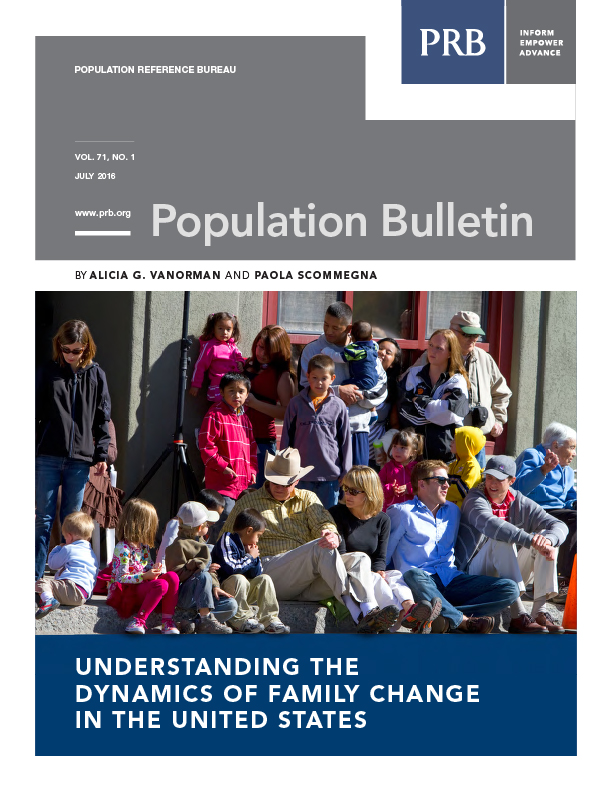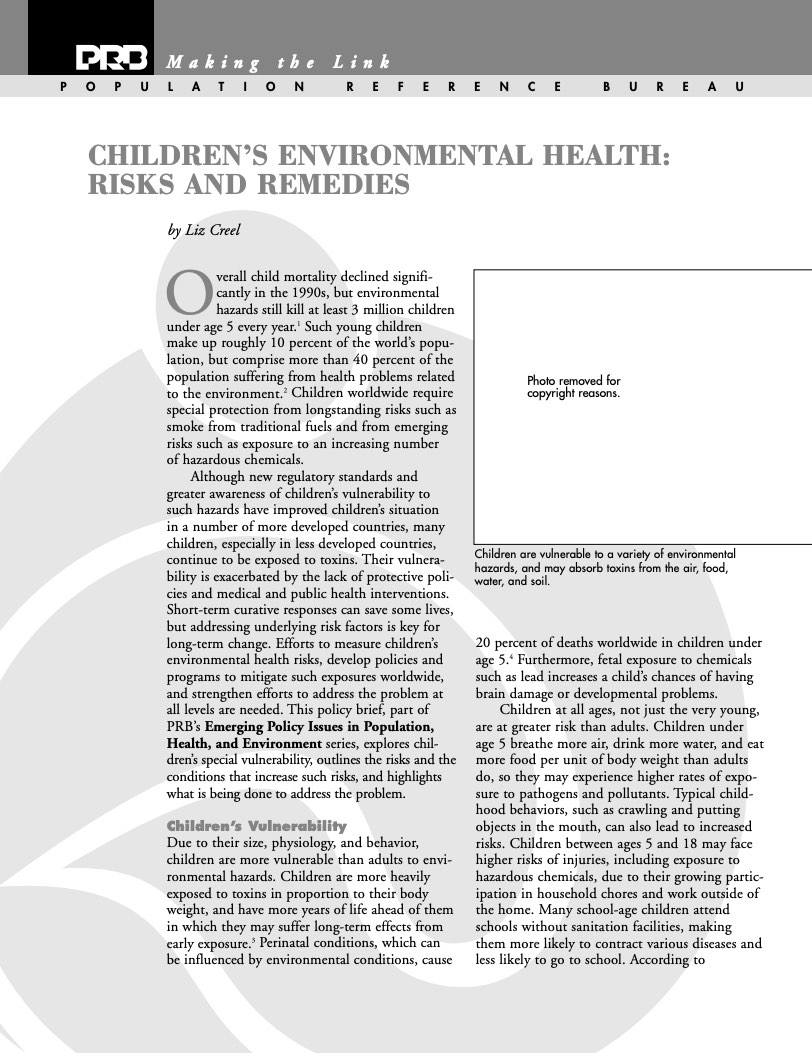Understanding the Dynamics of Family Change in the United States
(2016) Beginning in the 1960s—and accelerating over the last two decades—changes in marriage, divorce, cohabitation, and nonmarital childbearing have transformed family life in the United States.





